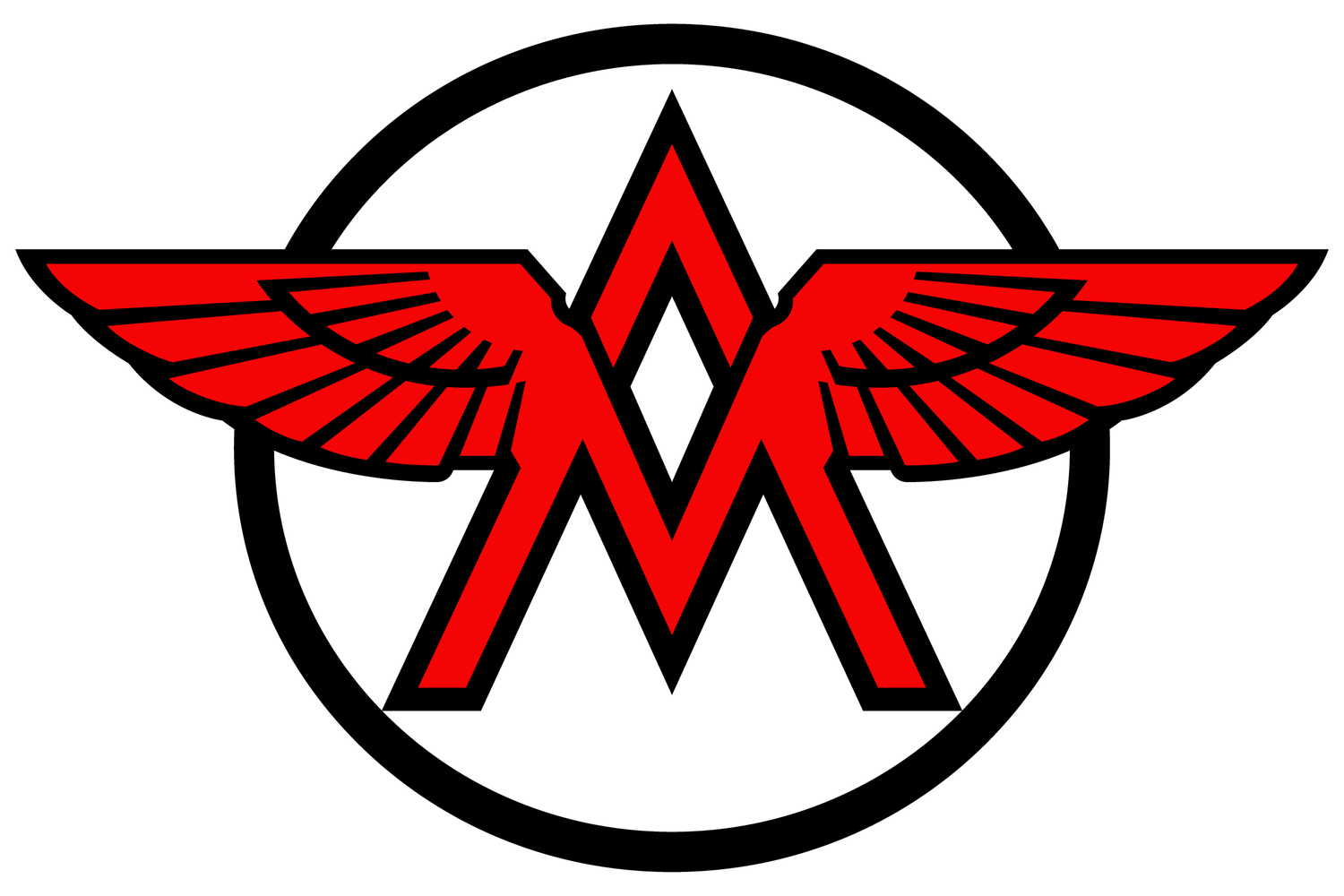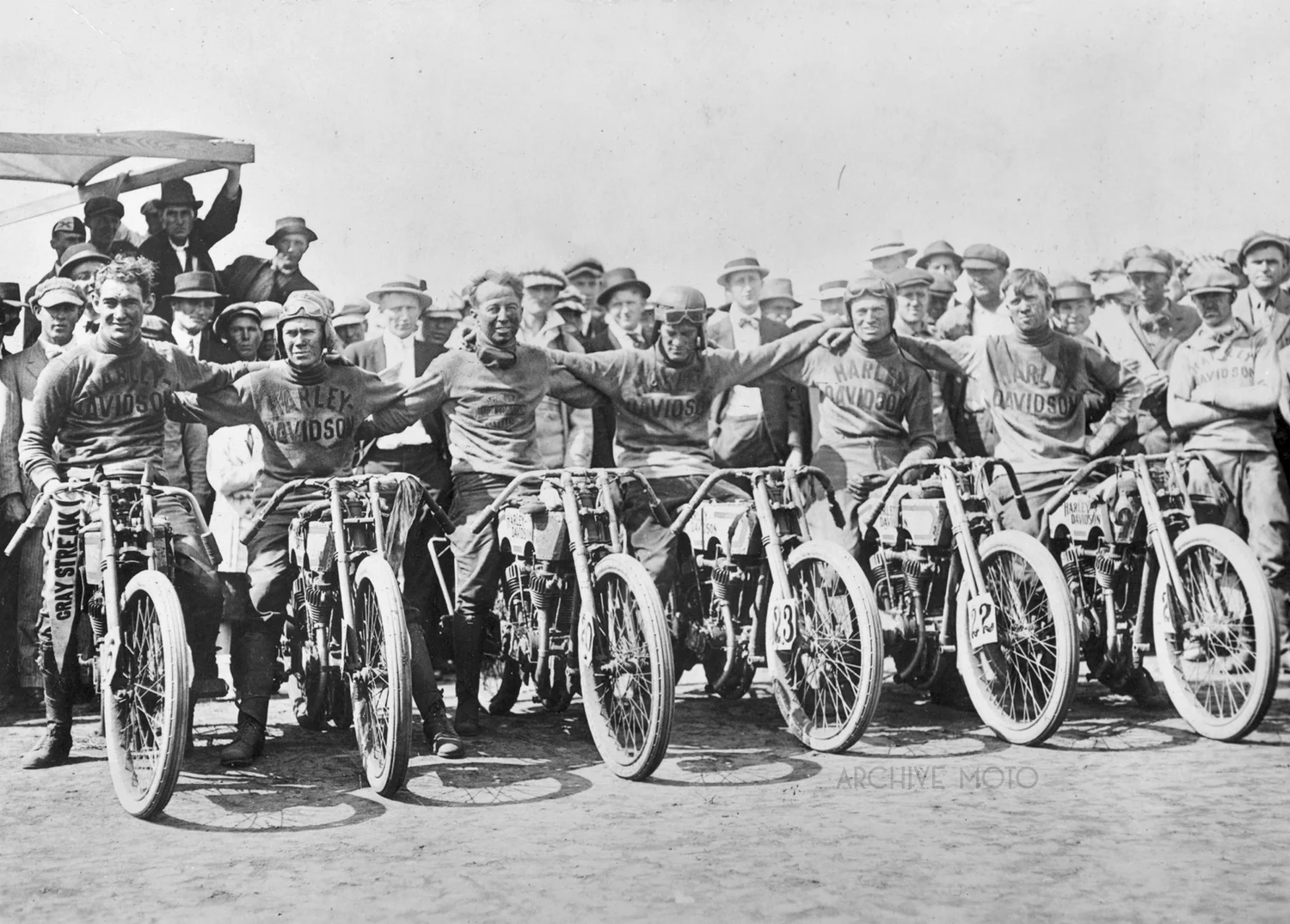I just returned from a quick trip down to Savannah, a city busting at the seams with beauty, charm, and culture. This magical old town also boasts a long running heritage of motorcycling and a rich history of racing. With one of the oldest motorcycle clubs in the country, Savannah’s dusty roads and cobblestone streets, lined with noble oaks dressed in Spanish moss have been a favorite for riders since the turn of the century. With the completion of the Grand Prize Circuit in 1908, America’s first Grand Prix racing course, local enthusiasts grew to become fierce competitors and the city became one of America’s earliest racing capitals. Beginning in 1913, nationally sanctioned GP races were held on the aging Grand Prize circuit, bringing legendary names like Maldwyn Jones, Cannonball Baker, Ray Weishaar, and Joe Wolters to Savannah. American racing icon Jim Davis recalls watching that race as a teenager in that year after having traveled to Savannah with his father who was there on business in 1913 and credits watching Maldwyn Jones blast around the sandy roads at that first races as a major inspiration for his own racing career. The same event the next year brought the first ever officially backed Harley-Davidson factory racing team, along with their first official podium with team rider Irving Janke finishing 3rd, a monumental turning point in American motorcycle racing history.
As the years marched on local men continued racing on the Grand Prize Circuit as well as ringing out their machines on the long, flat, wide stretches of sand on the nearby barrier islands. By the 1930’s a new class of racer began to emerge, the fizzling interest in robust and expensive factory supported Class A was replaced with the hearty, every-man appeal of AMA Class C competition. In 1932, in an effort to boost sales amidst the depression regional industry owners decided to band together and sponsor another long distance endurance race over parts of the once mighty Grand Prize Circuit. Again top class riders from around the country, a new generation of champions like “Ironman” Ed Kretz, Rody Rodenberg, and Rollie Free arrived in Savannah to compete. It was that event, the 200 mile long road race that began in Savannah which eventually became the beloved Daytona 200 in 1936.
Despite hosting so many milestone events, and perhaps because of the massive shadow cast by the city’s deep local history, Savannah is often overlooked as a historically significant motorcycling hub in America. However, the town remains a time machine for those who know its importance and anyone lucky enough to ride beneath the oaks can feel a direct connection with that heritage, one stretching back to the origins of motorcycle culture in America. Here, a group of likeminded enthusiasts, members of the Chatham Motorcycle Club post up on Bull and E. Perry St. downtown for a picture in 1934. The overly confident man in the middle is a local racer named Breman Sykes, he had just won the 200 mile race becoming the first awarded AMA Class C Champion a few weeks prior. It is also worth noting that another local racing hero named Ralph Edwards, winner of the first 200 mile event in Savannah in 1932, the first champion of what would become the renownedDaytona 200 poses a bit more discretely, with the cap and goggles third from the right.
Learn more about the rich history of racing and motorcycle culture in Savannah in the pages of Georgia Motorcycle History: The First 60 Years 1899-1959, available now HERE





